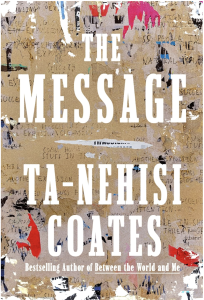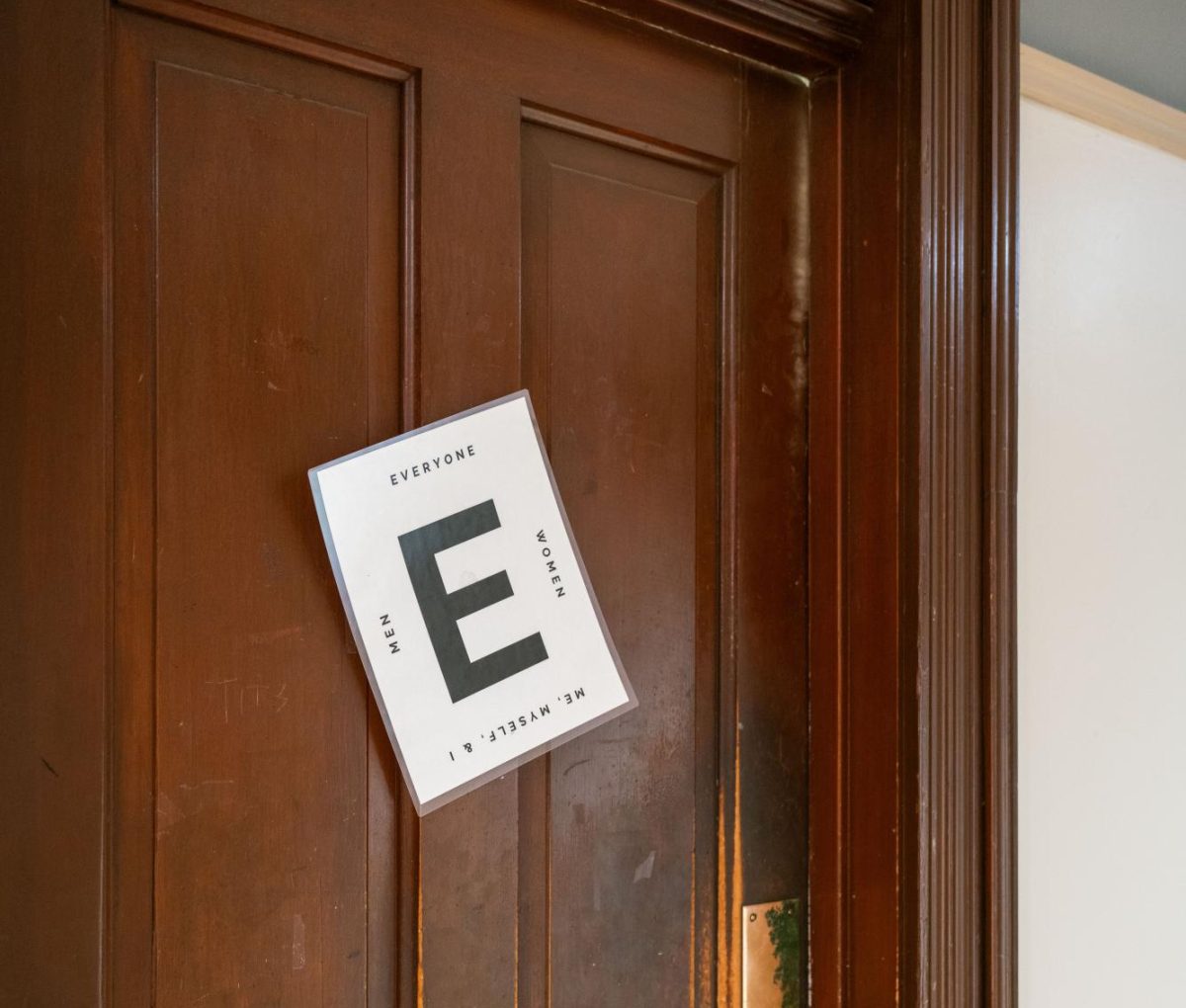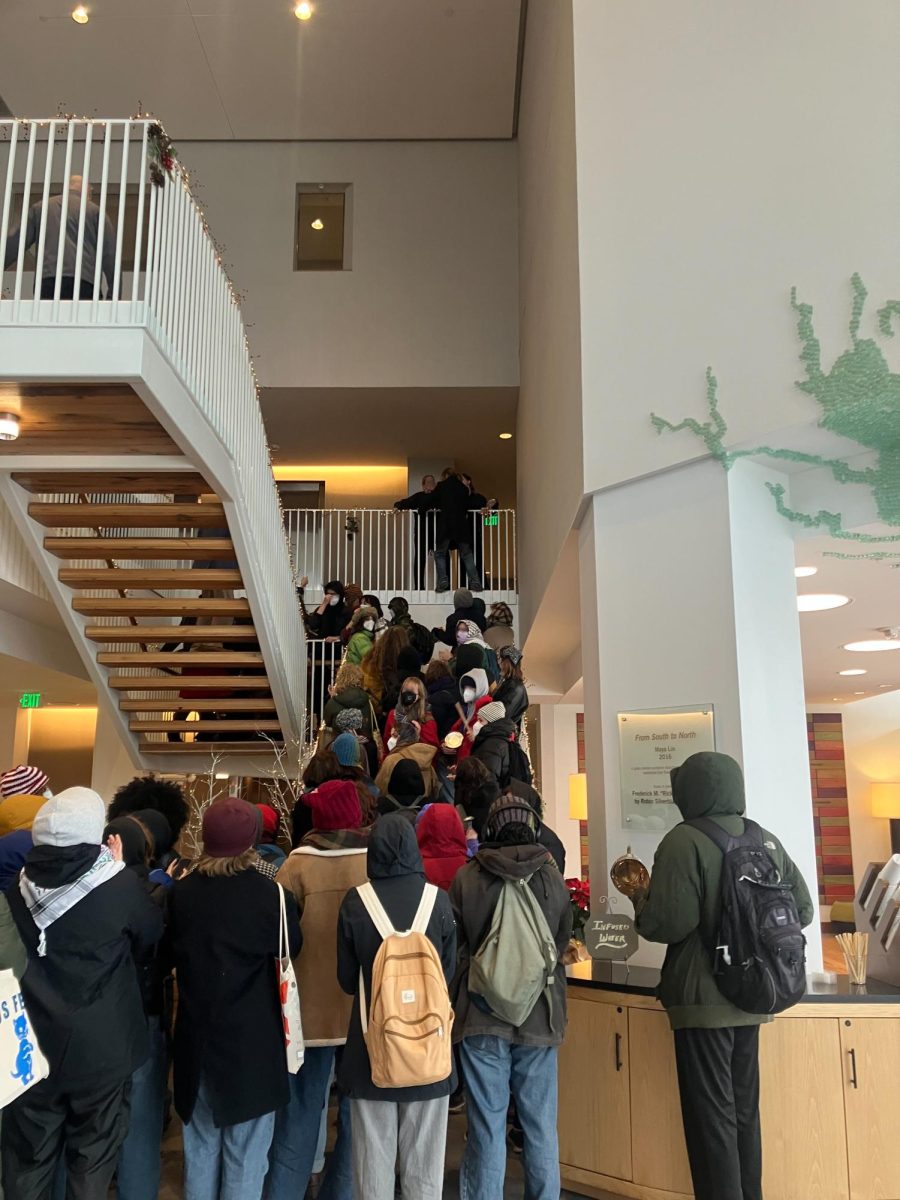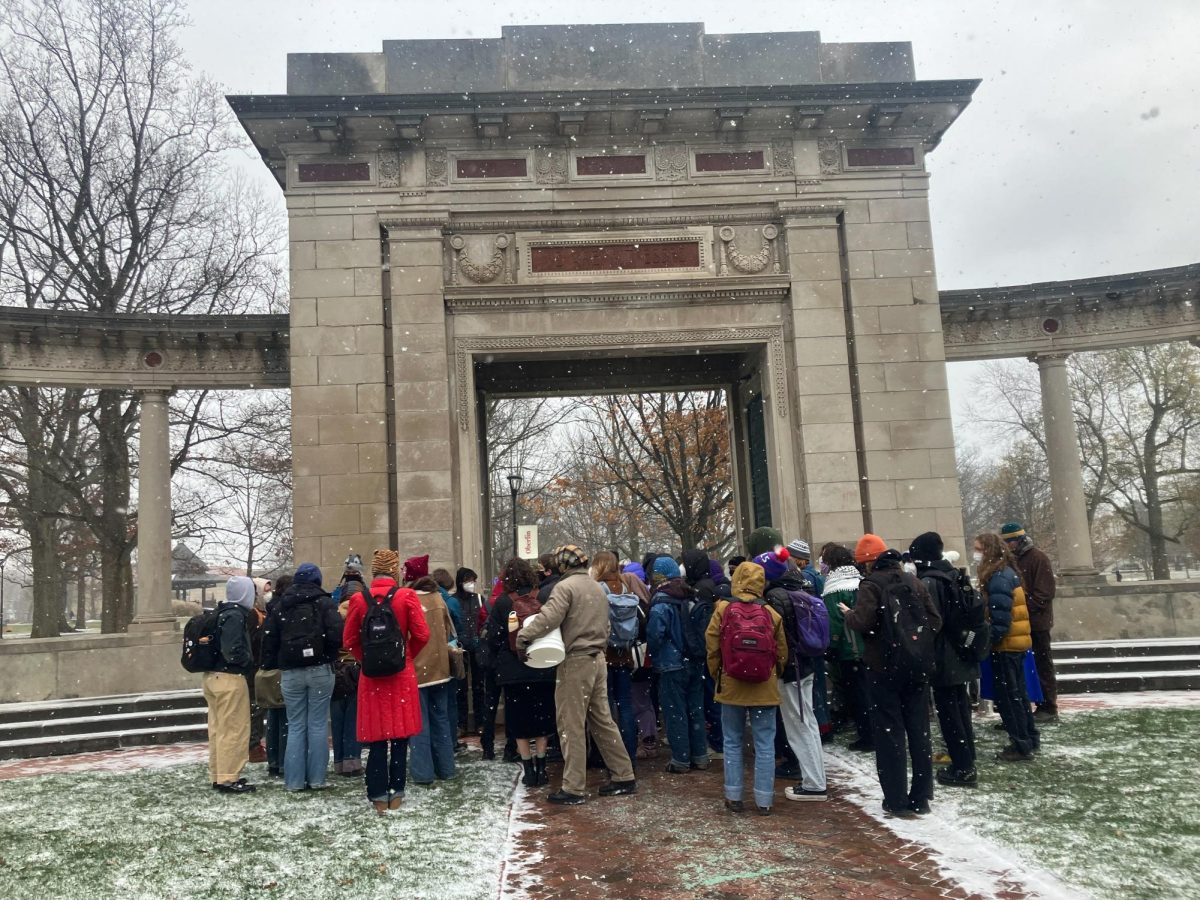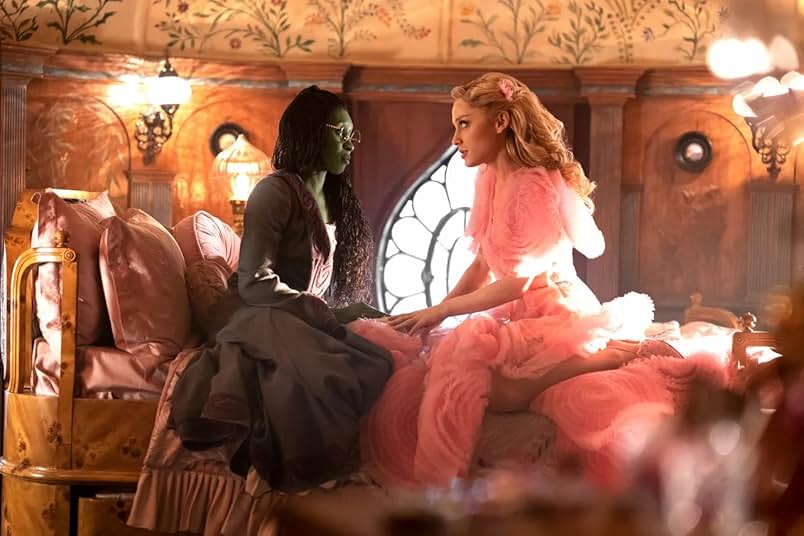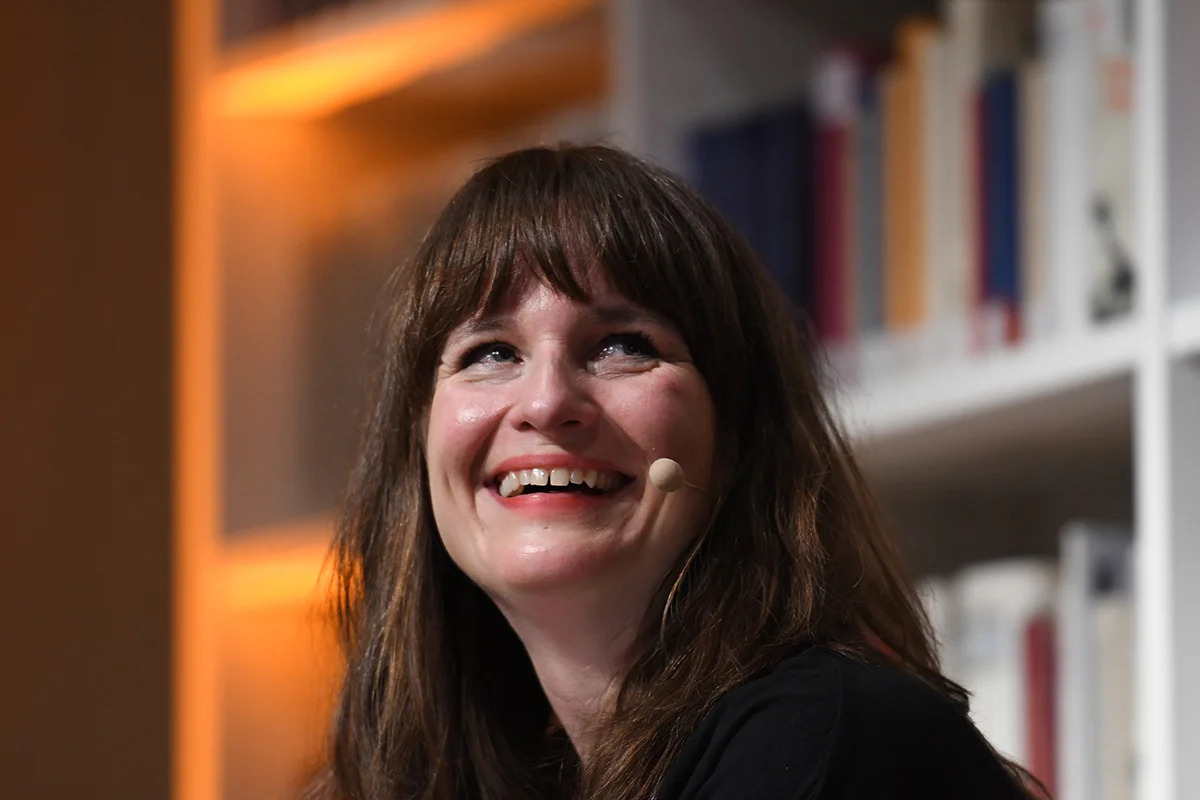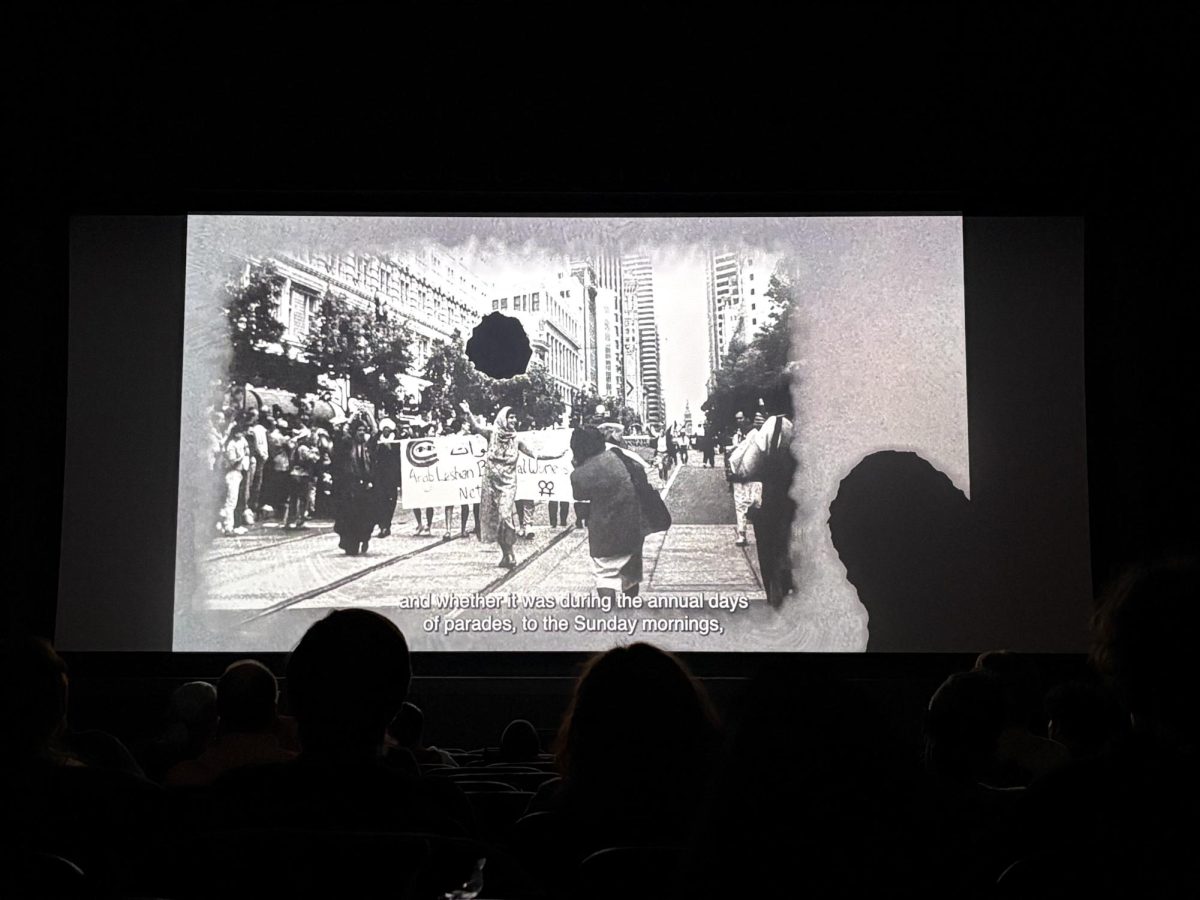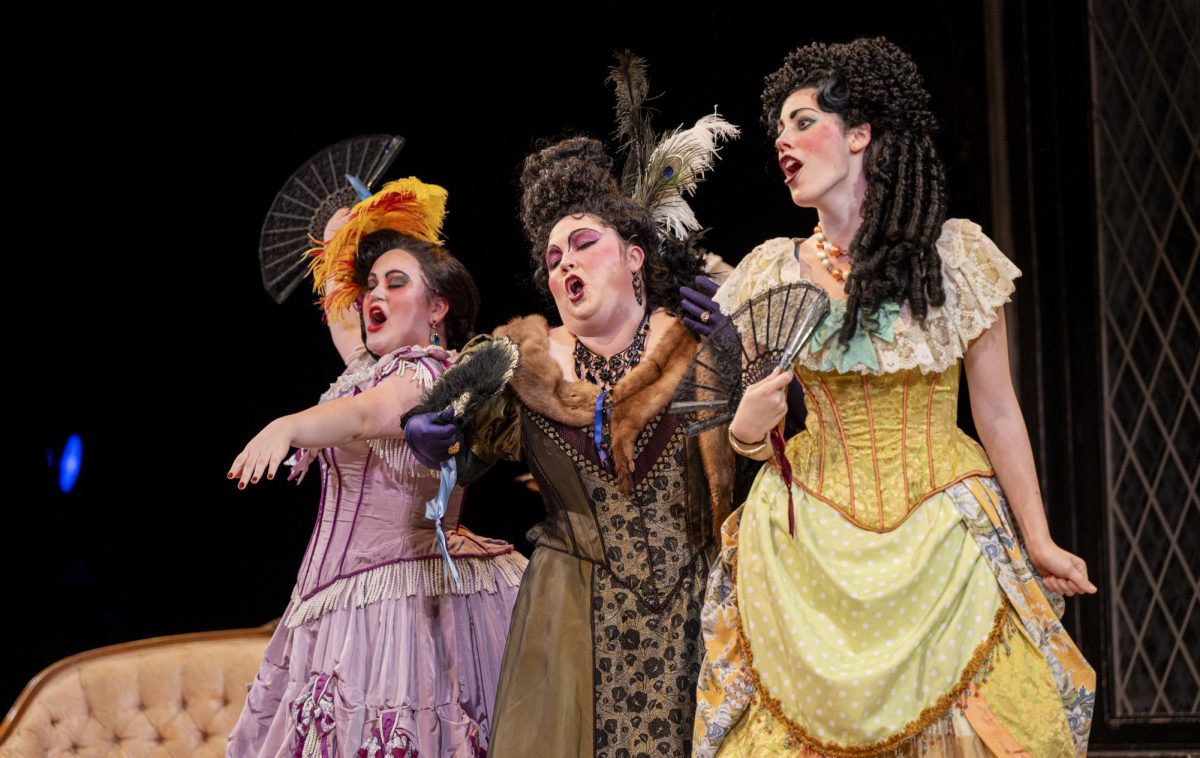Off the Cuff with Laurence Kanter, Art Curator
Dr. Laurence Kanter, OC ’76, chief curator and curator of renaissance art at the Yale University Art Gallery, spoke on Thursday evening as part of the Allen Memorial Art Museum’s First Thursdays evening events. After his talk, he sat down with the Review to talk about Renaissance art and the importance of teaching museums like the Allen Memorial Art Museum.
September 28, 2012
Can you talk a little bit about the setup and significance of the “Religion, Ritual and Performance in the Renaissance” exhibit?
This was a great opportunity to bring pictures from Yale to Oberlin, because now the collections together are very, very rich. When you have that many works of art, that density of objects, you can choose different ways to put it out. This is more or less chronological. It’s an easy order or system to put on it because you don’t have to defend the system — it’s obvious. Whoever’s coming through here either with a class or on their own, can get out of it what they want. … In Europe at that time, there was very little travel, very little communication from place to place. And, in my estimation, the only conjunctions that make really visual sense are close chronological and geographical groupings because those are people who only saw those kinds of works of art when they were making their own. And then I think you get a very rich impact.
If someone were to visit this exhibit not knowing anything about Renaissance art, what are the important things they should keep in mind?
They should not be looking — excuse me, they can, they are very welcome to look at these as religious objects or for the way that religion was practiced or what they might personally relate to it — but frankly I look at them as beautiful objects.
When I was a student here, that painting [points to Giovanni Boccati’s “St. John the Baptist and St. Sebastian”] was — it is — one of Oberlin’s most important pictures and it always hung alone in the center of a wall. And I always used to ask myself, “Why does it look so clumsy? Why does St. Sebastian look like a fourth grader drew him?” I wasn’t given the tools to understand that artists at the time were not trying to makes things look sophisticated and realistic the way that those painters were; they were doing something else. But when there’s this many works around it, the last question you ask yourself is why does St. Sebastian look so clumsy, it’s just a very beautiful picture, a very rich object. And I think that’s a privilege, to be able to communicate with a work of art that way.
… Oberlin is very, very rich in its holdings. And then when you move later it’s the same thing. The group of German and Flemish pictures is remarkable. Very few public museums have as good a group of objects as this, let alone college museums.
What is the importance of teaching museums like the one here at Oberlin and the one you curate at Yale?
I used to come here as a student every day. It is impossible to overstate the importance of a teaching museum. I did study the Renaissance, but it wasn’t my special field. These aren’t like a laboratory for a chemistry student where the more time you spend with your things, the richer your career will be; it’s just that responding to art, responding to aesthetic stimulation just opens up your mind to everything else you could do. If you’re reading, you read much better. If you’re doing mathematics, you think more clearly, and then you come back and you look at pictures differently. I just think it’s the greatest communication there could be. It’s also a lot of fun.
In your talk, you talked about the misconception of Florence as a hotbed of ingenuity during the Renaissance. How do you think museums should record different periods of art so as to avoid that kind of misrepresentation?
There isn’t really… I’m afraid to say that most people are grateful for a simple outline that helps them understand things that they’ve never come across before. If you didn’t speak a foreign language, and all around you people were speaking nothing but that language, you would feel lost, uncomfortable and disoriented. But if you could pick out a few words here and there, you’d suddenly have a grounding, a basis for figuring out what’s happening or what’s coming next. The same is true with works of art. If a person comes in off the street and has never looked at a painting in his or her life, and sees something like that, he’s going to ask himself, “What on earth is going on?” But if you’ve spent years looking at paintings, you’ll think an altogether different set of questions. Why does it look that way instead of that way? Is that what they did in Milan and that what they did in Florence? In other words, the questions become different. A museum has to cater to all audiences. It has to be open, accessible and available to everyone who walks in so it needs to use those big sound bite categories that I was arguing against in the lecture. A university or college museum has the luxury of being able to use those sound bites and preach the opposite because students ought to learn more. They want to welcome them in, make them comfortable and then hit them over the head and get them to learn more. Whereas if you start out being confusing and intimidating, they won’t come back a second time.
Can you talk a little bit about the fragmentary nature of some of the works on display?
When these things were first made, they were made as function objects, they served a purpose. They were essentially furniture or things that had colors on them and the colors were used to tell a story. But over centuries they became not useless but not useful when religious practice changed or fashion and home decor changed or the fortunes of the family changed and they were thrown out. They were cut up, spread around. An altarpiece such as the one that that comes from is fortunate to survive in all three pieces. Often people just cut out the heads of the saints and put them in their bedroom because they were no longer needed in the church. If a city was wealthy, it got rid of all the old stuff. If a city was poor it kept some of the old stuff, but not all of it. In the Napoleonic era, most of the churches of Europe were suppressed and the French armies took the lands that belonged to the church — because the church was the largest landholder in Europe — as French national property. At that time, pictures like these that were still in churches were cut into pieces and either thrown out, or the wood used for doors and tables, or they were burned to get the gold off of them or they were sold. And often what you find in museums today are bits and pieces … that people found useful. … One of the games that I like to play is putting them all back together.


